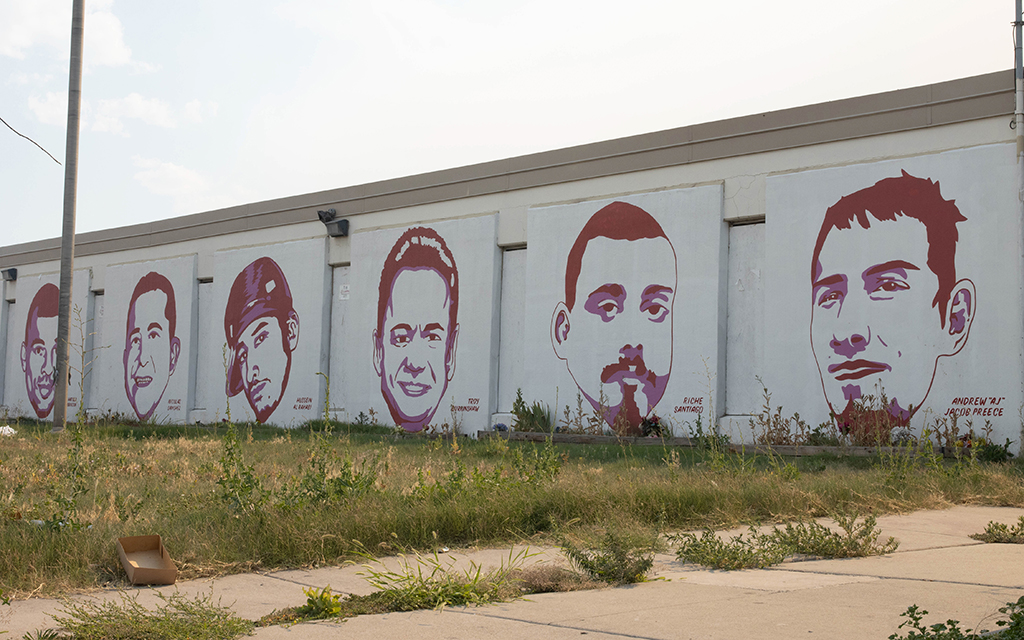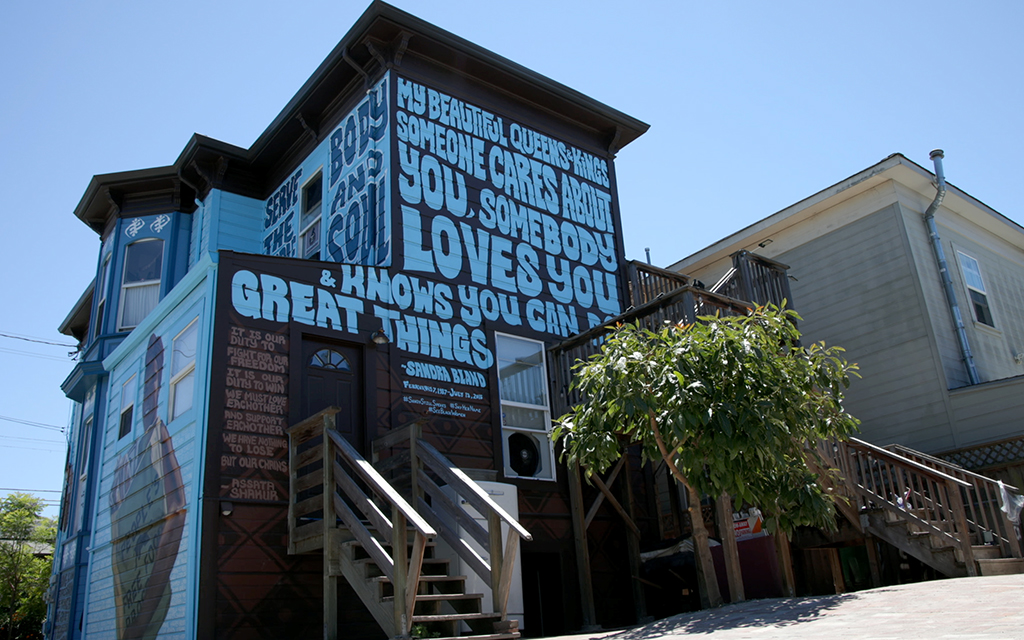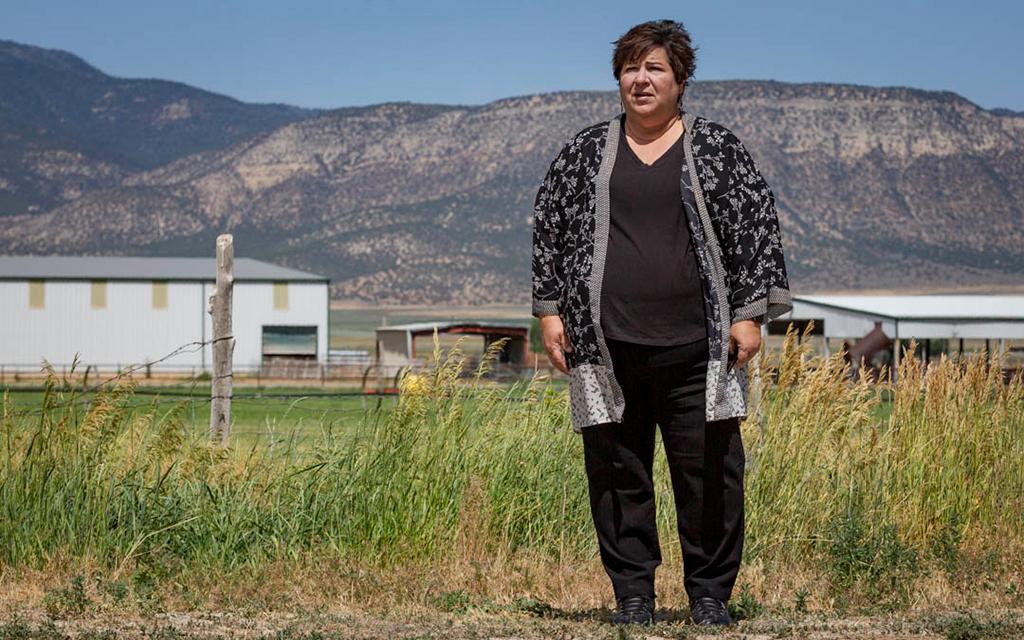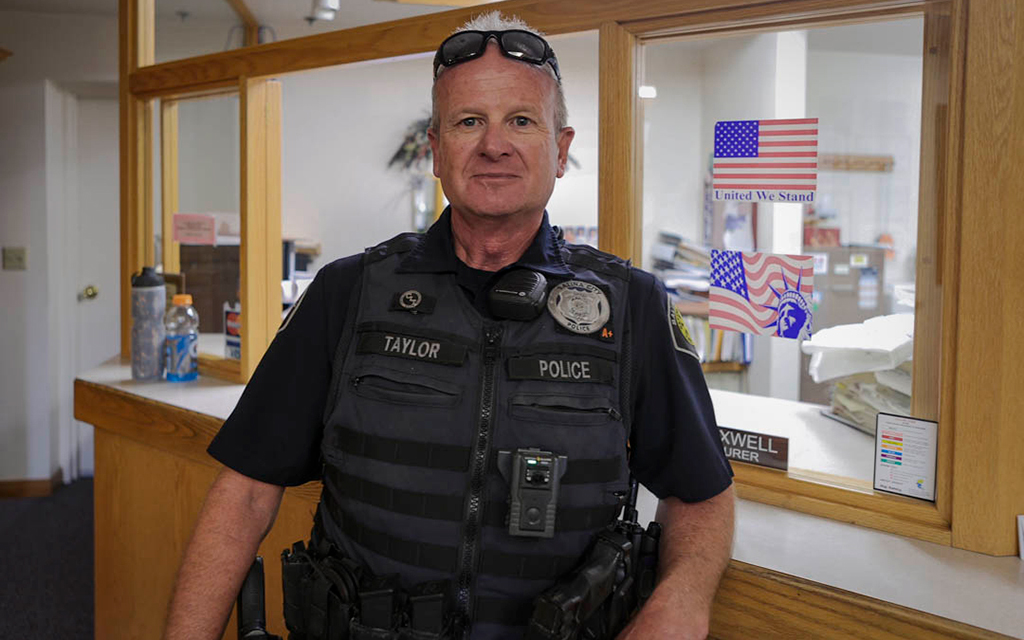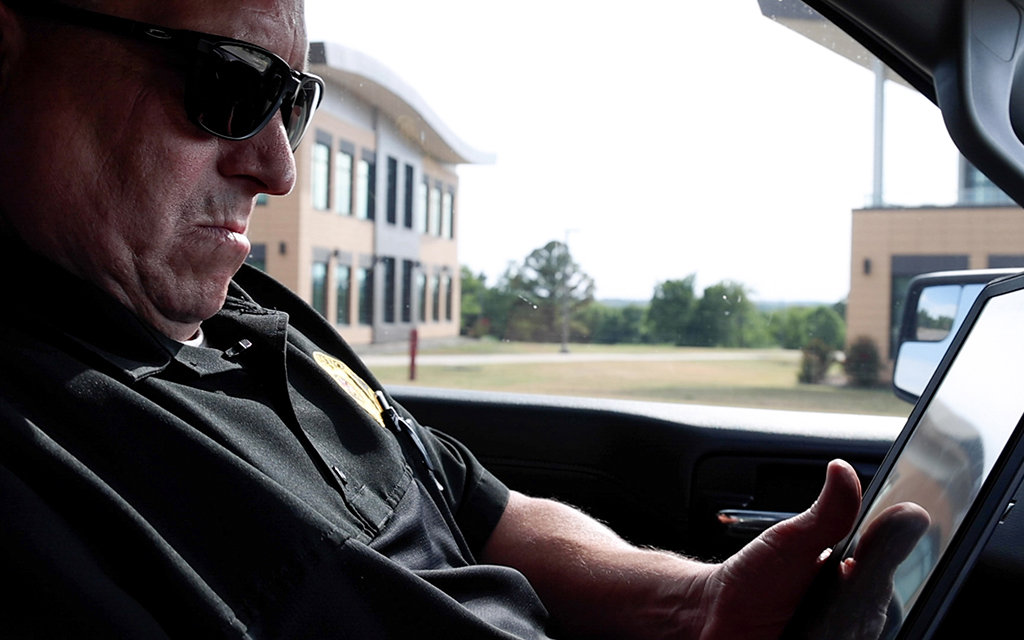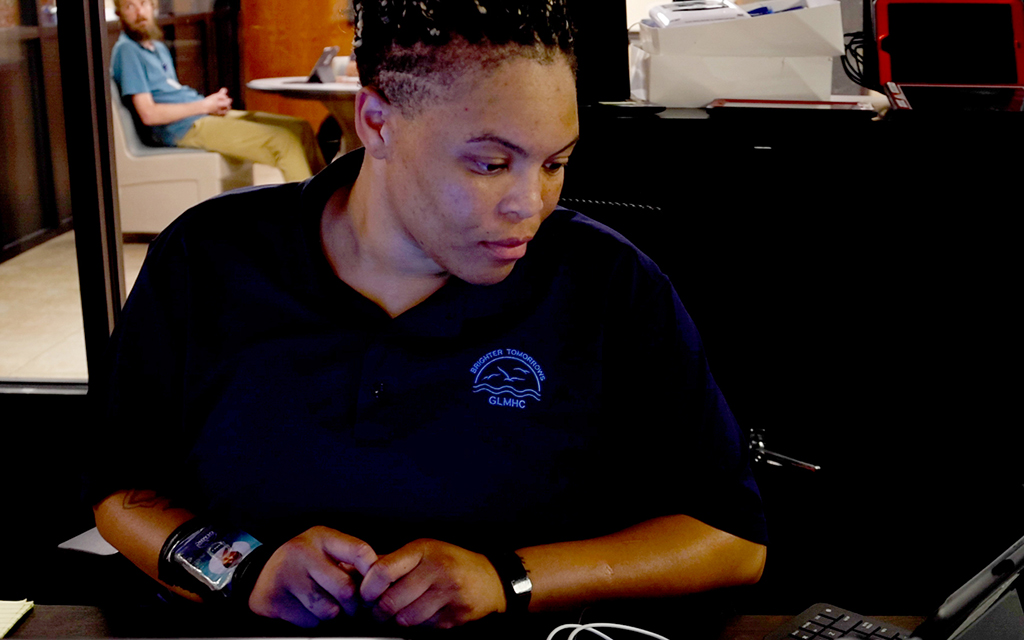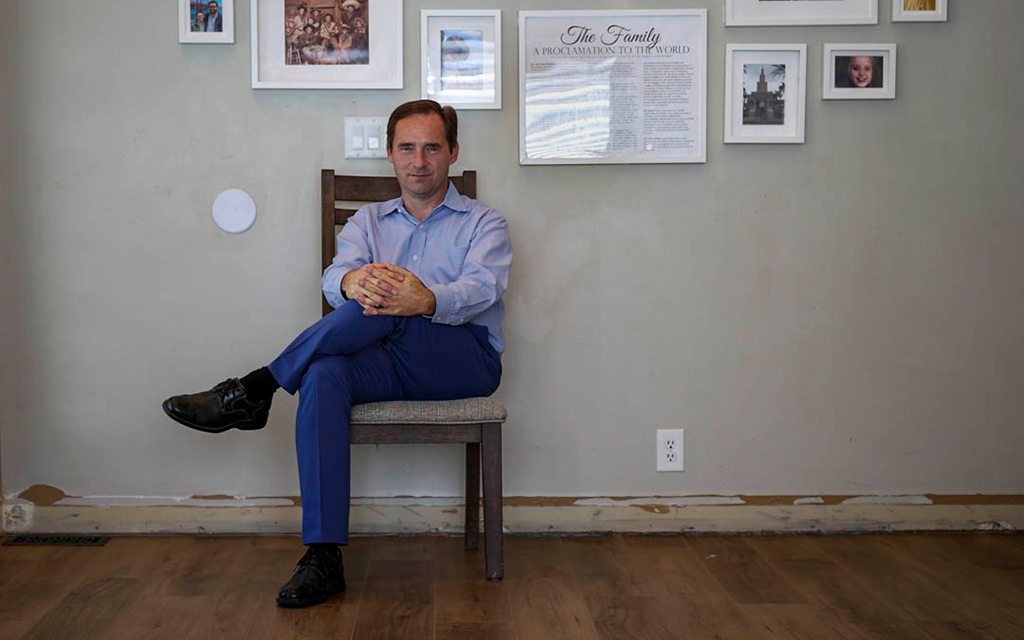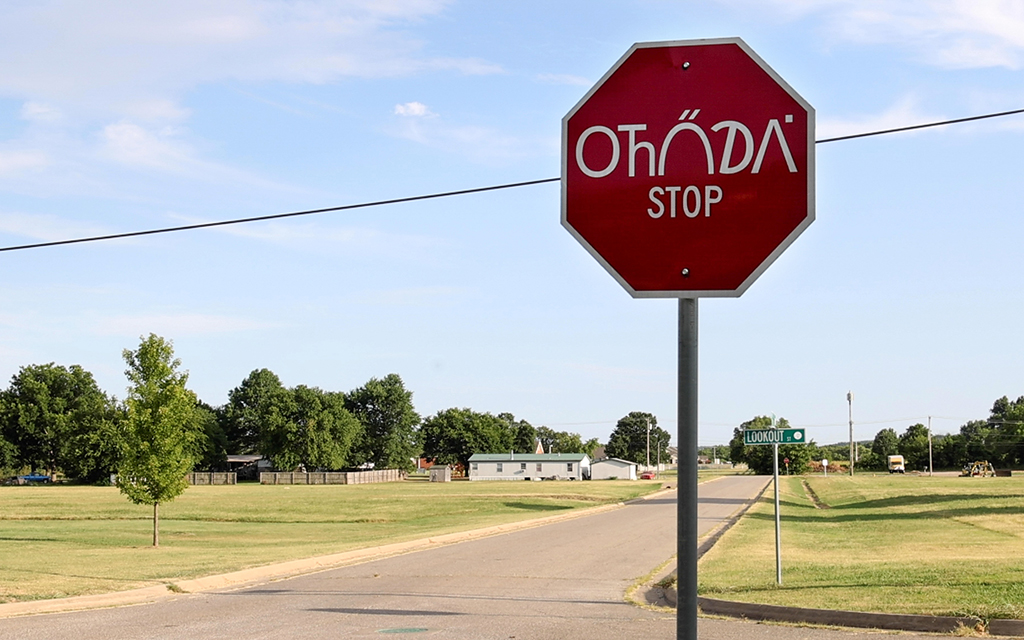In February, Duckworth spoke to the Legislature to support a bill that would allocate funds for what’s known as co-response, which pairs social workers with police officers on mental health crisis calls. The model has grown in popularity across the country as police departments grapple with how to respond to a growing number of calls involving people in mental health crises.
A 2020 analysis by the Center for American Progress of 911 calls from eight cities found that 21% to 38% involved homelessness, behavioral health crises, substance use, quality-of-life concerns and other community conflicts.
“Police are the de facto mental health providers in our community because we have historically underinvested in mental health,” said Zack Stoycoff, the executive director of Healthy Minds Policy Initiative, an Oklahoma nonprofit developing statewide data-informed policies on mental illness and substance abuse.
But “police know they don’t have the training to handle mental health conditions,” Stoycoff said.
The public knows that, too, and now it’s demanding change in both the criminal justice and mental health system. Fifty-eight percent of the 1,352 respondents to a 2020 survey created by Data for Progress said they support the creation of a nonpolice first-responder agency to handle issues that don’t require police presence.
Every state, county and city across the country must figure out what works for them. Most strategies focus on such trends as shifting funds away from police toward social services, creating diversion programs to triage low-level 911 calls and training officers on how to better respond.
There’s no simple set of solutions to this nationwide problem. Experts, advocates and the public say the answer must rely on a combination of efforts: reduce or eliminate law enforcement’s role in behavioral health crisis response, train and equip law enforcement officers when they do need to respond, and improve treatment for psychiatric care.
But these approaches take time and money, political and community support and collaboration between agencies.
Amy Watson, a nationally recognized expert on mental health crisis response, has spent two decades examining police encounters with people with mental illnesses.
“There’s been various efforts at police reform that have really sort of chipped away at edges but not necessarily made significant, lasting change,” said Watson, a social work professor at the University of Wisconsin-Milwaukee. “To make that bigger change, we need to be at a point where we look at those other systems that we want to play a bigger role so that we can shift some things away from police and really redesign the law enforcement role.”
Defining the problem
When he became a law enforcement officer 33 years ago, Capt. Kevin Ickleberry of the Bartlesville Police Department in Oklahoma didn’t didn’t imagine he’d answer mental-crisis calls every day.
“If you’re not involved with somebody that has mental health crises, you don’t really understand either how well the system works or how poor it works,” he said.
Bartlesville police recently launched a pilot program to pair officers with social workers.
“The last thing we want to do is handcuff somebody and stick them in the back of a police car or behind the cage,” Ickleberry said. “We want everybody to be safe. We want everybody to have a better life, and part of that is trying to get them the best services we can.”
But the mere presence of police cars and uniformed officers can exacerbate feelings of distress in those experiencing a mental health crisis. Watson said police presence further stigmatizes mental health and defines these situations as dangerous and criminal.
“If someone feels really triggered, their behavior may be such that the officer thinks it’s resistant, and it sort of builds to a really awful situation for people,” Watson said. “Instead of having someone who’s there to help me, there’s basically somebody (there) to protect others from me and potentially arrest me.”
A 2018 Department of Justice survey of nearly 770 training academies across the country found that new recruits receive an average of 14 hours of mental health response training, compared with 68 hours of firearms training.
With little understanding of mental health crisis response, police officers can react with force. As of Sept. 10, according to the Washington Post’s database of fatal shootings by police, 1,640 of the 7,729 people killed by the police since 2015 were experiencing a behavioral health crisis.
Sara Foreman, a certified peer recovery support specialist who works for a mental health center in Pryor, Oklahoma, said these kinds of incidents are shown on the news all the time.
“Instead of de-escalating the situation, they (officers) either get scared or overwhelmed,” Foreman said. “They pull their gun out and shoot.”

